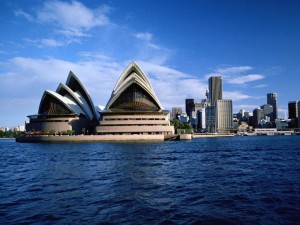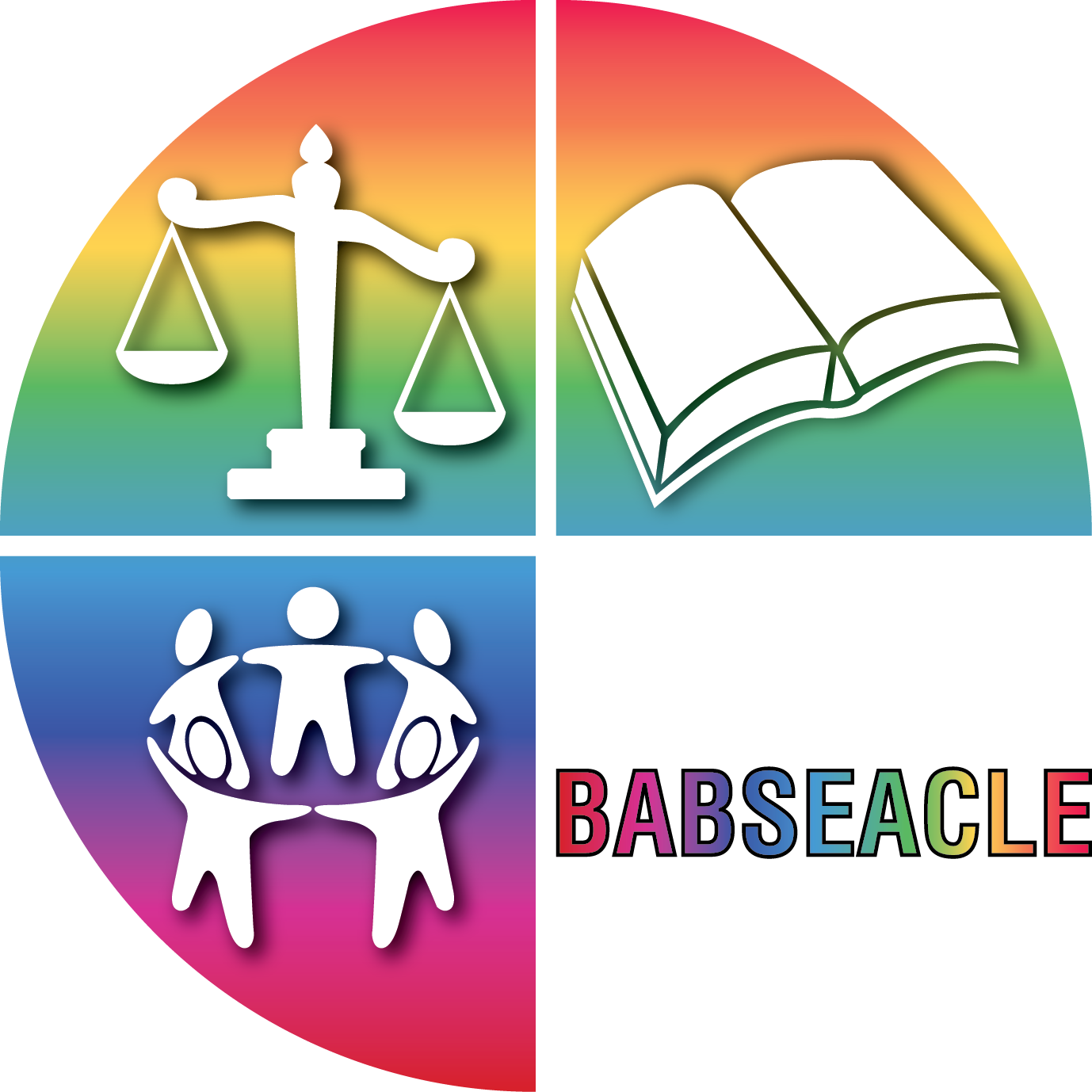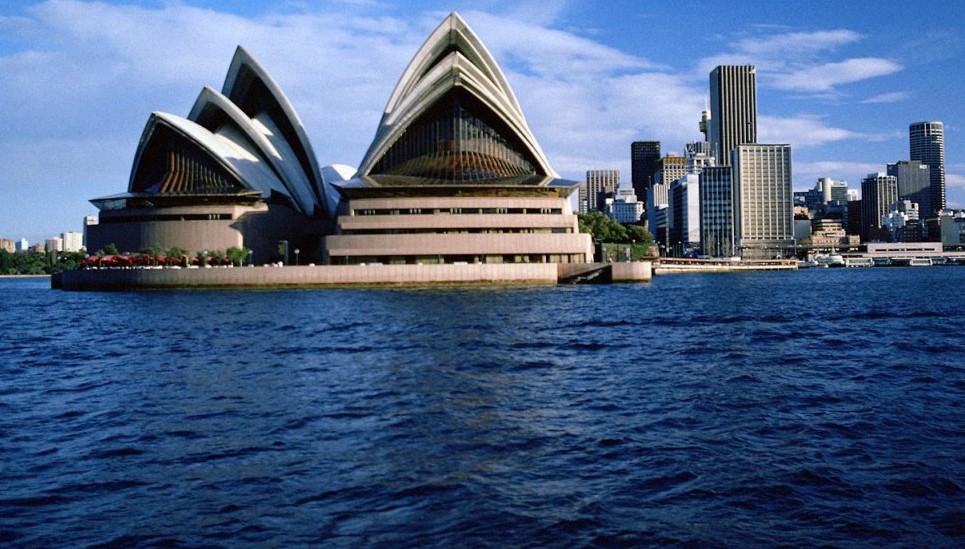Lisa Thien Huong Nguyen
A common aim of Clinical Legal Education (CLE)is ‘providing professional skills training, instilling professional values of public responsibility and social justice in law students.’[1] This article will briefly discuss how CLE has contributed to a greater access to justice and community empowerment as well as the strategies which have been used that differ to what most Australian law students are familiar with.
Australian law students are not usually exposed, or have an opportunity, to undertake a subject like CLE until later in their degree. Thus with limited exposure and knowledge, many students assume that clinics only provide free legal services and education to the community about their rights. However CLE is a means through which the community can access the law and become empowered by knowing their rights.
There are various strategies implemented in CLE which includes teaching law students to provide education and legal advice  as well as investigating systemic problems within each community[2]. An example of the last strategy is evidenced in BABSEACLE, working in partnership with a number of universities in Southeast Asia to develop CLE programs which are relevant to that certain community to achieve social justice.[3] A unique characteristic of CLE is that it empowers those ‘at grass root levels to improve on areas in the current legal, economic and social environments.[4] Examples of reforming the law in response to access to justice could be seen in the various Rule of Law projects in China and the former Soviet Union and also through projects aimed at developing accessible procedures and mechanisms. [5] Another strategy which is implemented in CLE to promote greater access to justice can be found in India. Although there are restrictions on students and professors in practicing law in many Southeast Asian countries, a CLE in India have still been able to provide greater access to justice and community empowerment by raising issues of public interest before courts.[6]
as well as investigating systemic problems within each community[2]. An example of the last strategy is evidenced in BABSEACLE, working in partnership with a number of universities in Southeast Asia to develop CLE programs which are relevant to that certain community to achieve social justice.[3] A unique characteristic of CLE is that it empowers those ‘at grass root levels to improve on areas in the current legal, economic and social environments.[4] Examples of reforming the law in response to access to justice could be seen in the various Rule of Law projects in China and the former Soviet Union and also through projects aimed at developing accessible procedures and mechanisms. [5] Another strategy which is implemented in CLE to promote greater access to justice can be found in India. Although there are restrictions on students and professors in practicing law in many Southeast Asian countries, a CLE in India have still been able to provide greater access to justice and community empowerment by raising issues of public interest before courts.[6]
As graduates of law and thus becoming contributory citizens of society, students need to be not only have knowledge in substantive law subjects but also be equipped with ‘skills of thought, social and scientific thinking,’ thus instilling professional values of public responsibility and social justice. Therefore another strategy of CLE is that it makes the students become aware of their ethical obligations as lawyers (if they choose to practice) and also the impact lawyers have on society.[7]
CLE has increased access to justice in a number of ways, beyond the strategies of providing free legal advice and education, by actually making a difference for future generations.
[1] Helen Yandell, ‘Volunteering in Southeast Asia’ (2012) Alternative Law Journal 37(1) 46.
[2] Ibid.
[3] Bruce A. Lasky and Associate Professor Norbani Mohamed Nazeri, ‘The Development and Expansion of University-Based Community/Clinical Legal Education Programs in Malaysia’ (Summer 2011) International Journal of Clinical Legal Education 59, 64.
[4] Ibid, 65.
[5] Frank Bloch, ‘Access to Justice and the Global Clinical Movement’ (2008) 28 Wash. U. J. L. & Pol’y 111, 120.
[6] Bruce A. Lasky and M. R. K. Prasad, ‘The Clinical Movement in Southeast Asia and India- A Comparative Perspective and Lessons to be Learned’ 46.
[7] Bloch, above n 5, 125.

